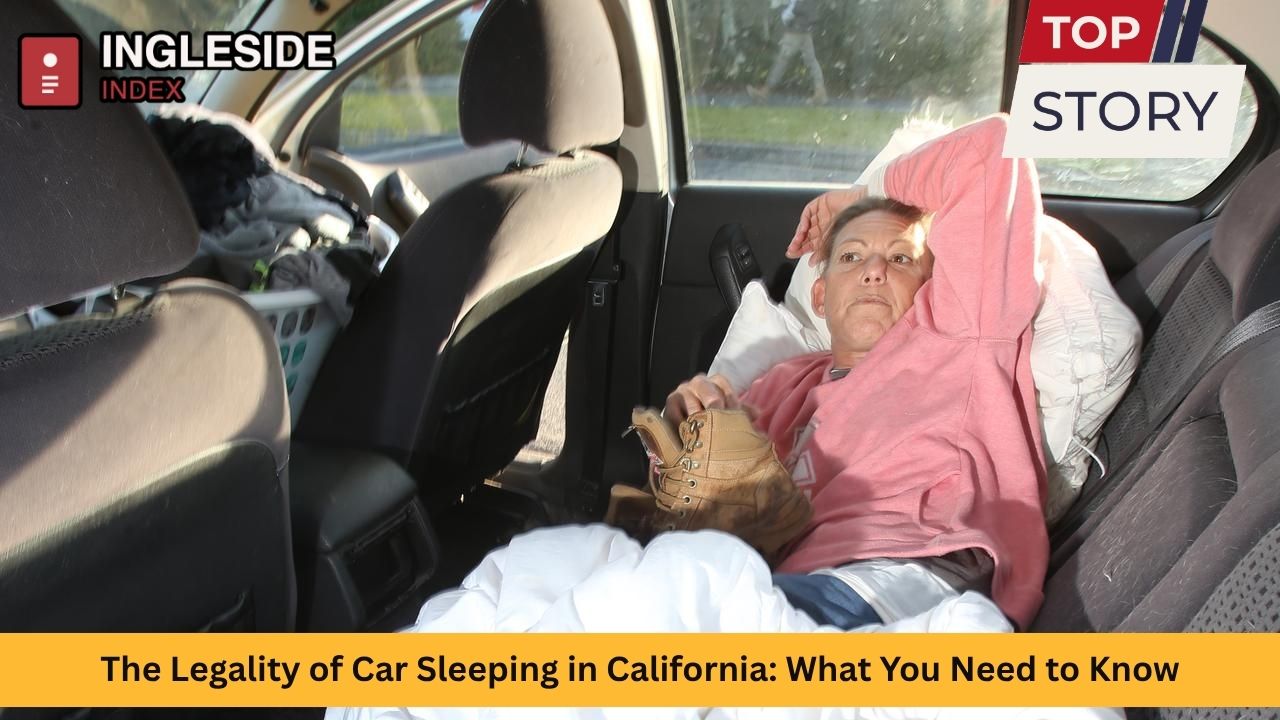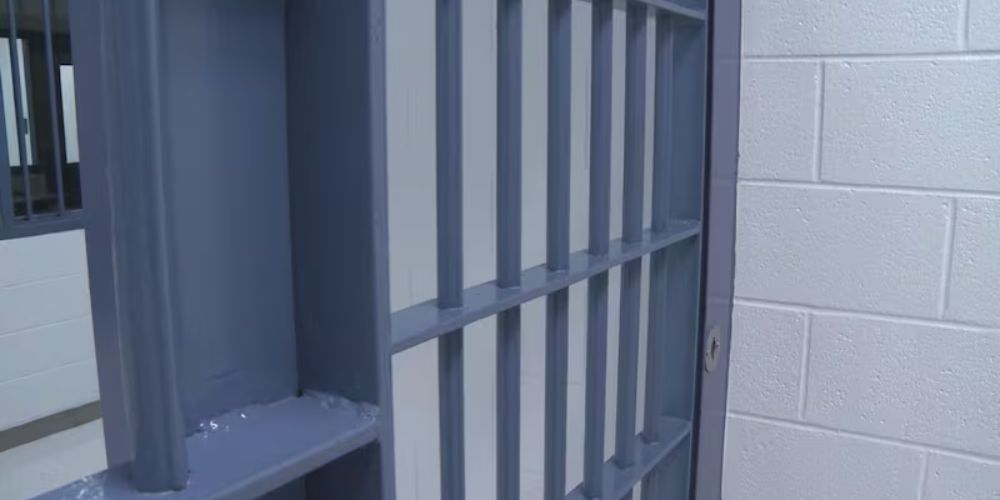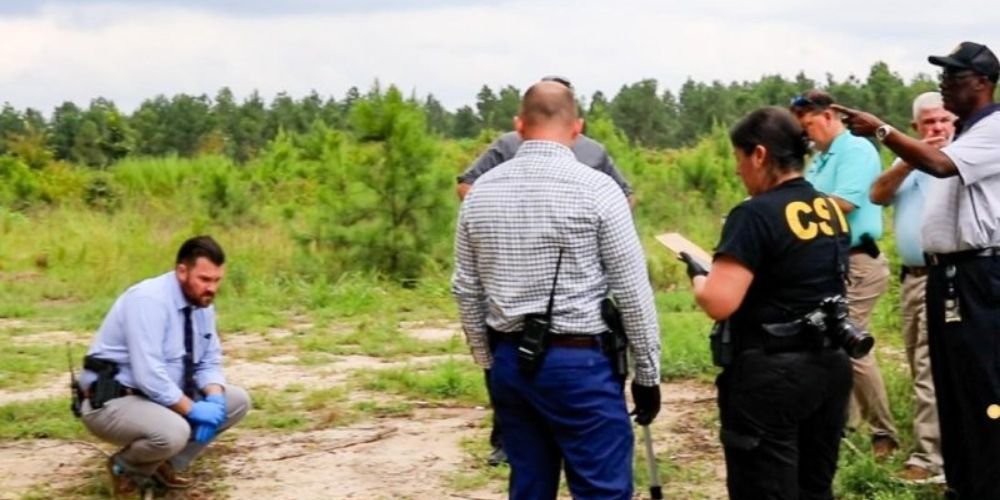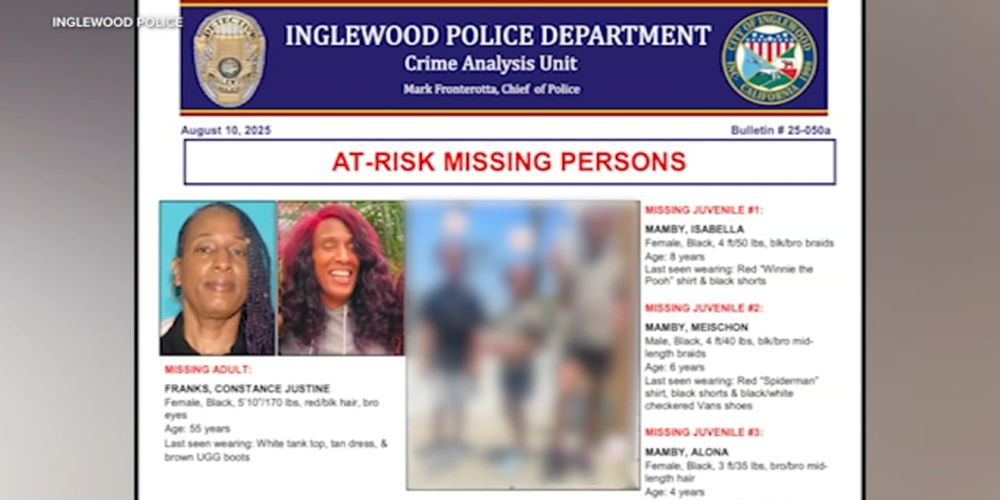Sleeping in your car has become a topic of growing curiosity and necessity throughout California. Whether you’re a road-tripper traversing Highway 1, a gig worker catching a nap between rides in Los Angeles, or a person experiencing housing insecurity in San Diego, it’s important to understand the patchwork of laws that regulate where, when, and how you can legally sleep in your car. The legal landscape is complicated, with regulations shifting from city to city and even street to street. Here’s a comprehensive look at what you need to know about car sleeping in the Golden State.
The Statewide Landscape: No Blanket Prohibition
California does not enforce a statewide law against sleeping in your car. In other words, there’s no general rule at the state level that makes it illegal to doze off behind the wheel as long as you’re legally parked. However, the absence of a sweeping ban does not mean you’re free to sleep anywhere you wish. Instead, the regulation of car habitation is left to local authorities.
Most of the restrictions that affect overnight sleeping in vehicles come from city ordinances. This means you could legally sleep in your car on one block and cross the street into a jurisdiction that prohibits it. In some places, these rules are enforced due to safety concerns, efforts to reduce street homelessness, and the preservation of residential areas.
Understanding Vehicle Habitation Laws
The term “vehicle habitation” encompasses sleeping, resting, or using your car as a living space—even if you do not intend to reside there full-time. While the motivations for these laws can vary, most regulations are aimed at balancing public safety, sanitation, and the rights of both housed and unhoused residents.
Key considerations in vehicle habitation laws include:
-
The hours during which sleeping in a vehicle is prohibited
-
The types of locations with restrictions (residential neighborhoods, school zones, public property)
-
Permissible use of rest areas and private lots
-
The distinction between sleeping versus “living” in a vehicle
Key California Cities and Their Laws
The rules regarding car sleeping differ considerably across the state, so it’s important to know the specifics in major cities and regions.
Los Angeles
Los Angeles is one of the country’s most car-dependent cities, yet it maintains strict regulations about sleeping in vehicles, especially in residential areas. The Los Angeles Municipal Code restricts the use of vehicles as dwellings between 9:00 PM and 6:00 AM on any residential street, and prohibits it at any time within a 500-foot radius of schools, parks, and licensed child care centers. These laws are intended to reduce congregation of vehicles in sensitive areas and to balance the needs of housed and unhoused residents.
The penalties for breaking these rules can start with a fine and escalate with repeat offenses. During sweeps, law enforcement is also empowered to tow vehicles and cite occupants for additional infractions such as lacking proper registration.
However, Los Angeles has also begun experimenting with “safe parking” programs. These city-approved lots allow qualified individuals to spend the night in their vehicles under supervision, often with restroom access and security. These programs are often operated by nonprofits in partnership with city government, and are spread throughout neighborhoods like Koreatown, Venice, and North Hollywood.
San Francisco
San Francisco, known for its density and high cost of living, takes a similarly strict stance on car sleeping. The city prohibits overnight vehicle habitation between 10:00 PM and 6:00 AM in most public spaces. There are especially tough restrictions within proximity to parks and schools, and recent policy changes have enabled authorities to tow inhabited RVs if shelter options are refused.
In response to a growing population of vehicle dwellers, the city has imposed a two-hour parking limit for RVs citywide unless a specific permit is obtained. San Francisco has also designated several “safe parking” locations to provide temporary relief and access to support services for vehicle dwellers.
San Diego
San Diego’s city ordinances ban sleeping in any vehicle on public streets and near residential areas between 9:00 PM and 6:00 AM. In addition, areas near schools, parks, and beaches are explicitly off-limits for overnight vehicle habitation. If you are caught sleeping in your car in restricted areas, you risk a citation or, in the case of repeated offenses, your vehicle may be impounded.
San Diego, like other major cities in California, operates a network of safe parking lots throughout the city. These lots service people experiencing homelessness who are using their vehicles as makeshift shelters, offering amenities such as restrooms and referral services.
Regulations in Smaller Cities and Tourist Destinations
While major urban areas often attract attention for their vehicle dwelling populations, smaller cities and tourist towns have rules of their own.
-
Carmel-by-the-Sea: Bans sleeping in cars on all public streets and private lots from 6:00 PM to 6:00 AM.
-
San Mateo: Defines vehicle “lodging” as not only sleeping, but also storing personal items and equipment in a way that indicates habitation. Both the act and setup are subject to penalties.
-
Pacific Grove: Prohibits parking and sleeping in trailers or motor vehicles on public roads between midnight and 5:00 AM without a special permit. Permits are available for exceptions and have a time limit.
-
South Gate: Limits overnight parking on residential streets to specific hours, permitting it only through an official city permit process.
Overnight Parking and Rest Stops
If you need a legitimate place to rest, California’s network of roadside rest areas provides a limited opportunity. According to state regulations, you’re permitted to park and remain in designated safety roadside rest areas for up to eight hours in any twenty-four-hour period. Importantly, camping activities (such as pitching tents or preparing food outside your vehicle) are strictly prohibited in rest areas, and sleeping is permitted only in the vehicle.
Truck stops, travel centers, and some commercial parking lots along highways often tolerate overnight parking, especially if you are a paying customer. Walmarts, for instance, sometimes allow overnight stays, but it is best to check with store management as policies may differ by location.
State Parks, Public Beaches, and Campgrounds
California’s vast state parks and public beaches are alluring for car campers, but do not assume you can sleep in your car outside of designated campsites. In California state parks, camping in a vehicle is only permitted within marked campgrounds, and most have rules limiting the number of vehicles per site. Coastal and city park areas often ban parking after sunset to deter overnight stays. Getting caught sleeping in your car in violation of these regulations can result in hefty fines—reports of $1,000 tickets at places like Asilomar State Beach show the seriousness of enforcement.
The Rise of Safe Parking Programs
Recognizing the increase in people using their vehicles as shelter, many California municipalities have embraced safe parking programs. These lots are set aside for vehicle dwellers and typically offer services such as:
-
Restrooms and handwashing stations
-
Security staff or patrols
-
Access to social services and case management
-
Restrictions on alcohol, drugs, and noise
In Los Angeles, the safe parking network includes dozens of sites, with some prioritizing families, women, or people with disabilities. San Francisco and San Diego have both expanded their safe parking programs, and the model is spreading into Bay Area suburbs, including San Mateo and Mountain View.
Fines, Penalties, and Enforcement Practices
Fines for sleeping in your car illegally can vary dramatically. In Los Angeles, initial tickets can be around $25, but with repeat offenses, fines and administrative fees may climb into the hundreds. In state parks and certain protected areas, penalties can approach $1,000 per incident. In San Francisco, recent laws empower the city to tow RVs if their occupants refuse offered shelter, a response to an estimated 500–1,000 people residing in vehicles within the city at any given time.
Beyond simple tickets, your vehicle may be impounded if authorities consider it abandoned or a public safety risk, often resulting in further financial hardship.
Strategies for Staying Within the Law
Travelers and those living out of their cars should take these steps to minimize the risk of legal trouble:
-
Research each city’s ordinances ahead of arrival; rules are often posted on city websites or through police departments.
-
Avoid residential neighborhoods, schools, and parks unless you know the rules permit overnight sleeping.
-
Seek out safe parking programs in large urban areas; many are accepting new applicants and offer added protections and amenities.
-
Observe posted signs regarding parking hours, restrictions, and permit requirements.
-
Don’t “set up camp” or make your vehicle look like a livable space; avoid long-term parking in one spot.
-
Use rest stops sparingly and only within allowed time periods.
-
Ask permission if considering private property, and never assume you can sleep in retail parking lots without clear approval.
Car Sleeping by the Numbers
Vehicle habitation is a growing issue throughout the state. While exact figures are constantly shifting, recent surveys cite that in Los Angeles alone, an estimated 10,000 people live in vehicles, including cars, vans, and RVs. San Francisco estimates 500–1,000 people regularly dwell in vehicles, many living in the city’s southeastern neighborhoods and industrial districts.
Safe parking programs in California assist thousands annually; for instance, the Safe Parking LA network served more than 1,200 households between 2022 and 2024. The statewide network of public rest stops includes over 85 locations, with each serving hundreds of travelers daily.
Frequently Asked Questions
Is it ever completely legal to sleep in your car in California?
Yes, if you are on private property with permission, in a public rest area (within the time limit), or in a designated safe parking lot, you are within your rights. Nearly everywhere else, you must check local ordinances.
Can I sleep in my car at the beach?
Generally, no. Most coastal jurisdictions ban overnight parking, and parking lots close at sunset. However, some state beaches have paid campgrounds that allow vehicles.
What if I need to pull over for fatigue?
Short naps for safety are generally tolerated at highway rest stops, but you can’t remain more than eight hours in a 24-hour period, and camping behavior is prohibited.
Do police really enforce these laws?
Enforcement varies city by city, but major urban areas regularly conduct sweeps, ticketing, and towing of vehicles suspected of long-term habitation. Smaller cities may enforce these rules more sporadically, but large fines in state parks and at premier tourist spots are well documented.
Real-Life Stories from California Cities
San Jose: The tech boom has driven up rents, creating a surge in people living out of their vehicles. The city operated 10 safe parking sites in 2024, providing overnight shelter to about 300 vehicles nightly.
Fresno: A massive agricultural hub, Fresno faces waves of migrant workers opting to sleep in their cars. City council debates continue on how to address street parking congestion and transient living.
Santa Monica: With strict parking enforcement near the beach and major tourist areas, overnight car sleeping is essentially impossible except in rare, permitted locations.
The Social Side: Debate and Future Prospects
The rise in vehicle habitation reflects California’s broader housing affordability crisis. Supporters of safe parking programs argue they are a humane stopgap for people facing housing instability, while critics say the patchwork of restrictions pushes people into fewer and riskier locations.
Proposed changes in the coming years include:
-
Expansion of the safe parking network
-
Emergency ordinances during heatwaves and natural disasters allowing leniency
-
Integration of housing and case management services at safe parking sites
-
More explicit and accessible postings of local restrictions to aid compliance
Tips for Car Sleeping Travelers
-
Always have a backup plan in case you’re told to move in the night.
-
Keep your registration, insurance, and identification easily accessible.
-
Maintain a low profile: avoid drawing attention to your vehicle.
-
Don’t use public parks or beaches after closing hours.
-
If parking at a store, get permission from management and confirm store policies in writing if possible.
-
Consider investing in privacy shades and a dashboard sign stating “resting, not living” for clarity if approached by authorities.
Summary: Know Before You Sleep
Car sleeping in California requires careful planning, awareness of local laws, and respect for communities. The legal situation changes often, and enforcement can be swift and expensive. If you must sleep in your vehicle, prioritize legal options such as rest stops, safe parking programs, or private property with explicit permission. Stay informed, stay aware, and—above all—stay safe on California’s roads.
Below is a comprehensive list of reliable sources, each with an anchor to read more on specific aspects of car sleeping legality in California:
California Statewide Car Sleeping Laws
-
Is It Illegal To Sleep In Your Car? Understanding California Laws
General overview of state laws and summary of local ordinances statewide, including Los Angeles, San Diego, and San Francisco. -
Is Sleeping in Your Car Against the Law in California?
An overview of California rules and the differences between state and local regulations. -
Is It Illegal To Sleep In Your Car
Details on the Los Angeles Municipal Code and other local restrictions. -
Is It Illegal to Sleep in Your Car? Laws You Need to Know
Statewide and city-specific differences, FAQs, and common penalties. -
Sleeping in Your Car: State Laws You Need to Know
Lists cities and county variance in municipal codes.
Los Angeles Car Sleeping and Safe Parking Programs
-
Safe Parking LA Program
Details on Los Angeles safe parking sites and stats on vehicle homelessness. -
Safe Parking LA Nonprofit Program Overview
Services, lot locations, and case management details. -
“Safe Parking” Program Provides Support for Homeless Living in Cars in Los Angeles
Local news coverage, city statements on need and expansion.
San Francisco Vehicle Habitation and Restrictions
-
S.F. Sets Parking Limit on RVs to Clear Vehicle Dwellers off Streets
Current city rules for RV parking permits and limits. -
SF Just Voted to Ban Long-Term RV Parking. What Happens to the People Inside?
Consequences and exceptions following tighter San Francisco regulations. -
San Francisco Law – Vehicle Habitation
Legal text and city code details for those living in vehicles.
San Diego Car Sleeping Rules and Safe Parking
-
San Diego Bans Homeless From Sleeping, Living in Cars — Once Again
Local ordinances, recent legislative changes, and enforcement. -
FOR IMMEDIATE RELEASE – Mayor Gloria Highlights Successful Safe Parking Program, Planned Expansion
Official city data on program capacity, outcomes, and expansion. -
Temporary Overnight Recreational Vehicle Permit – City of San Diego
RV permit process for legal overnight parking in San Diego.
State Parks, Beaches, and Roadside Rest Regulations
-
Cal. Pub. Resources Code § 5003.4
Full legal code on state park facilities and restrictions on car camping. -
Rules and Regulations Summary – California State Parks – CA.gov
State park rules for camping, parking, and rest area stays. -
Is It Legal To Sleep In Your Car? (LinkedIn)
Includes summary of California’s rest stop sleeping time limits.
Safe Parking Program Data and Local Trends
-
Santa Barbara County’s Safe Parking Program Sees Dramatic Increase in Enrollment
Latest statistics on safe parking enrollment and demographics.
These links provide direct access to the primary laws, government resources, and up-to-date news about the legality and logistics of car sleeping in major California cities and regions.











Leave a Comment